#ad [recommended product]
Introduction
Seeing a bunch of your hair circling the shower drain is a gut-punch. For many, it feels like an unwelcome and unstoppable sign of aging. In the frantic search for solutions, you’ve probably heard of the big names like Minoxidil and Finasteride. But what if a powerhouse player in the fight against hair loss is hiding in plain sight on the drugstore shelf, disguised as a simple dandruff shampoo. You don’t hear many people asking the question “Can ketoconazole shampoo stop hair loss?”.
Ketoconazole shampoo is most famously known by the brand name Nizoral. For years, it’s been the go-to for flaky, itchy scalps. But a growing pile of scientific evidence suggests its benefits go far beyond just fighting dandruff. The real question is, can this antifungal shampoo actually step into the ring and hold its own against hair loss? Can using ketoconazole shampoo stop hair loss in its tracks? Let’s separate the facts from the suds.
The Effectiveness of Ketoconazole Shampoo
When something sounds too good to be true, it’s wise to ask questions. But when it comes to ketoconazole, there’s some solid science that explains why it’s more than just a dandruff buster.
Mechanism of Action
Ketoconazole’s power comes from a clever one-two punch that tackles hair loss from two different angles.
- It Creates a Healthier Scalp Environment: First and foremost, ketoconazole is a potent antifungal agent. It’s a killer when it comes to a yeast-like fungus called Malassezia globosa, the primary culprit behind dandruff and seborrheic dermatitis. When this fungus overgrows, it causes inflammation and irritation. Chronic scalp inflammation is terrible for your hair follicles, disrupting the growth cycle and contributing to shedding. By knocking out the fungus and calming the inflammation, ketoconazole creates a healthier, more stable foundation for hair to grow.
- It Has Anti-Androgenic Properties: This is where things get really interesting for hair loss sufferers. The main driver of male and female pattern baldness (androgenetic alopecia) is a hormone called Dihydrotestosterone (DHT). DHT binds to hair follicles, causing them to shrink and eventually stop producing hair. Ketoconazole has been shown to have a mild anti-androgenic effect, meaning it can locally disrupt the pathway that converts testosterone to DHT on the scalp. It’s not as powerful as a dedicated DHT-blocker like Finasteride, but it provides a valuable, targeted attack right where you need it.
Clinical Research Results
This isn’t just theory; clinical studies have put ketoconazole to the test.
- A landmark 1998 study published in the journal Dermatology compared 2% ketoconazole shampoo with 2% minoxidil solution (a proven hair growth stimulant) and an unmedicated shampoo over six months. The results were eye-opening: the ketoconazole shampoo was found to improve hair density, size, and the proportion of growing hair follicles at a rate comparable to the minoxidil group.
- Other studies have reinforced these findings, showing that ketoconazole can reduce hair shedding and increase the percentage of hairs in the growth (anagen) phase.
- It’s often touted as a key component of the “Big Three” in hair loss treatment, alongside Finasteride and Minoxidil, because it tackles the problem from a unique angle that the other two don’t.
While much of the research has focused on men, some evidence suggests it can be beneficial for women with pattern hair loss as well, though more studies are certainly needed.
Dosing
How you use it matters. Getting the frequency right is key to reaping the benefits without overdoing it.
- Strength: Ketoconazole shampoo typically comes in two strengths: a 1% formulation available over-the-counter (like Nizoral A-D) and a 2% prescription-strength version. The 2% concentration has more robust research supporting its use for hair loss.
- Frequency: The standard recommendation is to use the shampoo 2 to 3 times per week. Using it more often won’t speed up results and can lead to unwanted dryness.
- Application: When you wash, apply it directly to the scalp. Lather it up and, this is the important part, leave it on for 3 to 5 minutes to give the active ingredient time to penetrate the skin and do its job before rinsing thoroughly. On your “off” days, use a gentle, hydrating shampoo.
Comparable Efficacy to Other Similar Treatments
So, where does ketoconazole fit in the hierarchy of hair loss treatments?
- Minoxidil (Rogaine): Minoxidil is a vasodilator, meaning it works by widening blood vessels to improve blood flow to the follicles and pushing them into the growth phase. Ketoconazole works via a completely different anti-inflammatory and anti-androgenic mechanism. They don’t compete; they complement each other. Many dermatologists recommend using both for a more comprehensive approach.
- Finasteride (Propecia): Finasteride is a powerful oral medication that systemically blocks the enzyme that creates DHT. It’s highly effective but comes with a risk of systemic side effects. Ketoconazole offers a much milder, topical anti-DHT effect with a far lower risk profile, making it an excellent supportive treatment alongside Finasteride or a good starting point for those wary of oral medications.
Think of it this way: Finasteride is the heavy artillery, Minoxidil is the ground support, and ketoconazole is the air support clearing the way for a healthy scalp.
Safety Profile of Ketoconazole Shampoo
For a treatment to be worthwhile, it has to be safe. Luckily, topical ketoconazole shampoo has a great safety track record.
Adverse Effects
The vast majority of users experience no side effects. When they do occur, they are typically mild and localized to the scalp. These can include:
- Itching or irritation
- Dryness of the scalp or hair
- Changes in hair texture (oily or dry)
- In rare cases, a temporary increase in shedding when you first start using it.
These issues can often be managed by using a good conditioner after the shampoo and ensuring you’re not using it too frequently.
Drug Interactions
Here’s some good news. Because it’s a topical shampoo and very little of the drug is absorbed into the bloodstream, significant drug interactions are extremely rare. This is a major advantage over oral ketoconazole, which can interact with many medications.
Precautions
As with any treatment, it pays to be cautious.
- Talk to a Doc: Before adding ketoconazole to your routine, it’s always best to consult with a dermatologist. They can confirm the cause of your hair loss and help you build the most effective treatment plan.
- Color-Treated Hair: Some people find that ketoconazole can be a bit harsh on color-treated hair. If this is you, use it sparingly and always follow up with a high-quality, hydrating conditioner.
- Pregnancy and Breastfeeding: There isn’t enough research on using ketoconazole during pregnancy or while breastfeeding, so it’s best to err on the side of caution and avoid it.
Frequently Asked Questions (FAQs)
1. How long does it take to see results from ketoconazole shampoo? Patience is key. You won’t see changes overnight. Most clinical studies suggest it takes at least 3 to 6 months of consistent use to notice a visible reduction in shedding and potential improvement in hair thickness.
2. Can ketoconazole shampoo regrow a full head of hair on its own? Let’s be realistic. On its own, it’s unlikely to reverse significant baldness. Its main strength lies in slowing down the progression of hair loss, improving scalp health, and acting as a powerful supportive player for other treatments like Minoxidil or Finasteride.
3. Is the 2% prescription version much better than the 1% over-the-counter one? The 2% formulation has more clinical data backing its effectiveness specifically for hair loss and is more potent. However, the 1% version is more accessible and can still provide significant benefits, especially in managing the scalp inflammation that contributes to hair loss. It’s a great starting point for many people.
Conclusion
So, can ketoconazole shampoo stop hair loss? While “stop” might be a strong word, it can absolutely be an effective and valuable part of a strategy to fight it. Ketoconazole won’t reverse years of baldness overnight, but its unique dual-action mechanism—cleaning up the scalp’s environment and providing a mild, topical anti-DHT effect—makes it a scientifically-backed contender.
The bottom line is this: ketoconazole shampoo has earned its reputation as a crucial, low-risk, and accessible tool in the hair loss arsenal. When used correctly and consistently, especially as part of a broader routine, it can help you hold onto the hair you have and create the ideal conditions for new growth. If you’re serious about tackling hair loss, a simple chat with your dermatologist about this not-so-secret weapon is a fantastic next step.
References
- Aldhalimi MA, Hadi NR, Ghafil FA. Promotive effect of topical ketoconazole, minoxidil, and minoxidil with tretinoin on hair growth in male mice. ISRN Pharmacol. 2014 Mar 9;2014:575423. doi: 10.1155/2014/575423. PMID: 24734193; PMCID: PMC3964684.
- Gupta, A.K., De Doncker, P. and Talukder, M. (2025), Role of Topical Ketoconazole in Therapeutic Hair Care Beyond Seborrhoeic Dermatitis and Dandruff. JEADV Clinical Practice. https://doi.org/10.1002/jvc2.70026
- Piérard-Franchimont C, De Doncker P, Cauwenbergh G, Piérard GE. Ketoconazole shampoo: effect of long-term use in androgenic alopecia. Dermatology. 1998;196(4):474-7. doi: 10.1159/000017954. PMID: 9669136.
Recommended Story For You :

The alpine secret for healthy weight loss

The Most Potent Fast-Acting Formula For Incinerating Stubborn Fat

Real Cortexi Users Real Life‑Changing Results
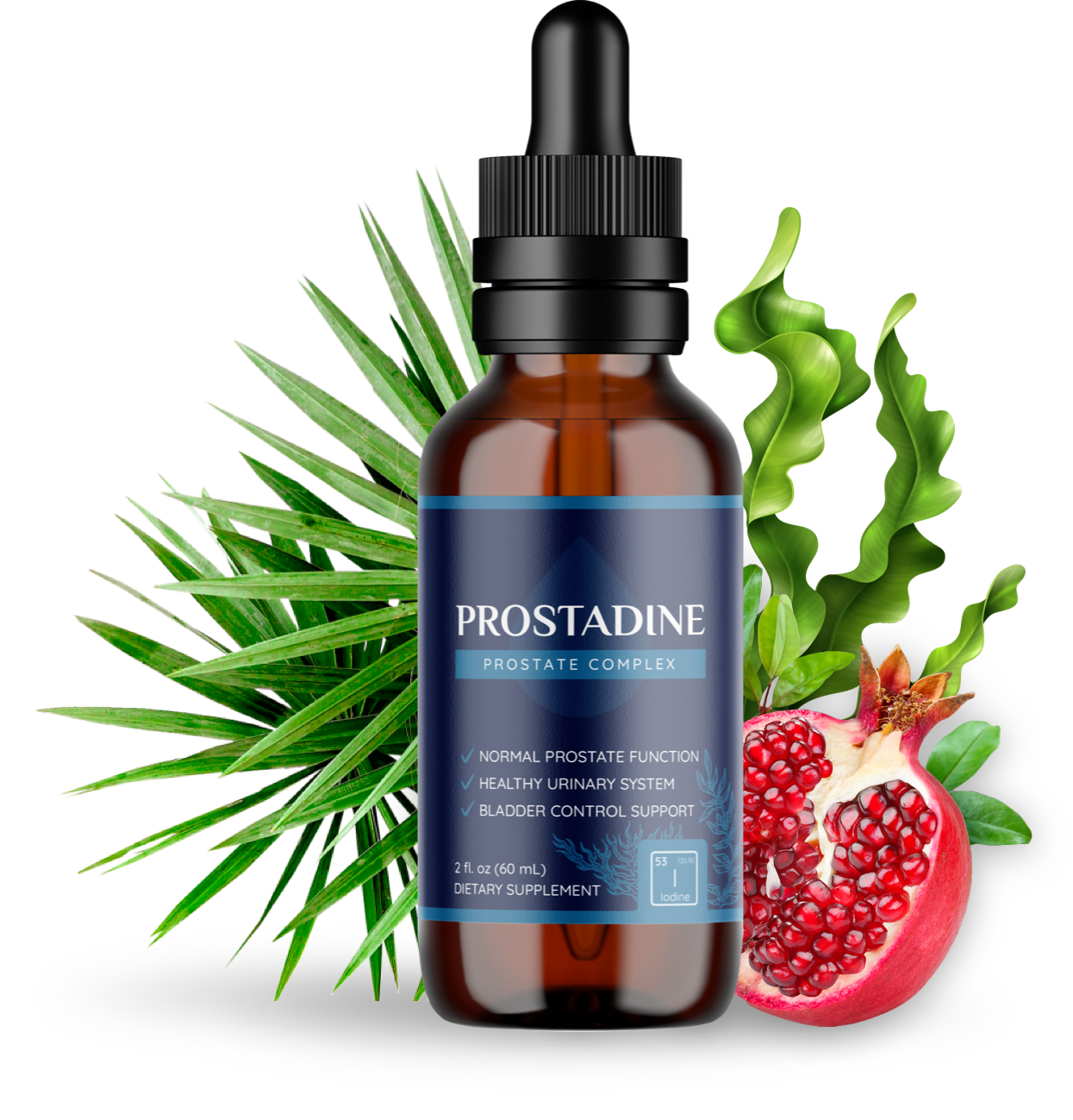
This Cold Drink Might Trigger Your Prostate
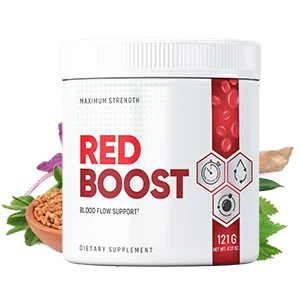
Red Boost is a powerful new formula for boosting male sexual health.
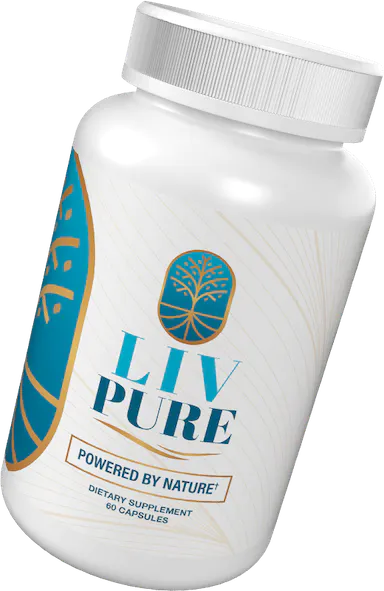
Everything you eat or drink eventually reaches your liver for processing.

Brand New Probiotics Specially Designed For The Health Of Your Teeth And Gums

Empowering You to Take Control of Your Blood Sugar Health!
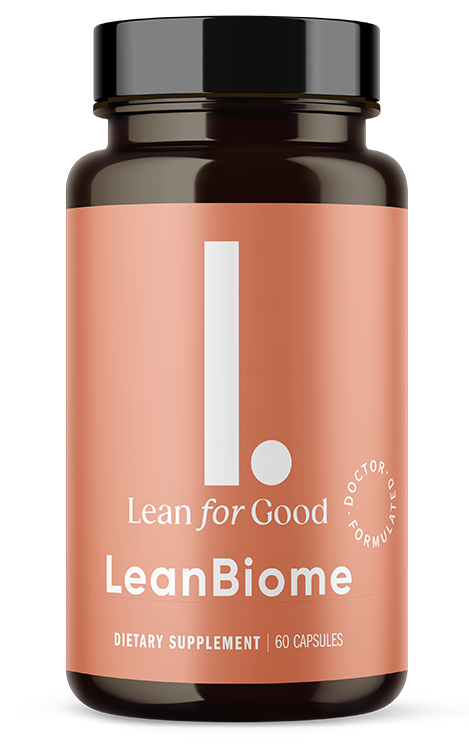

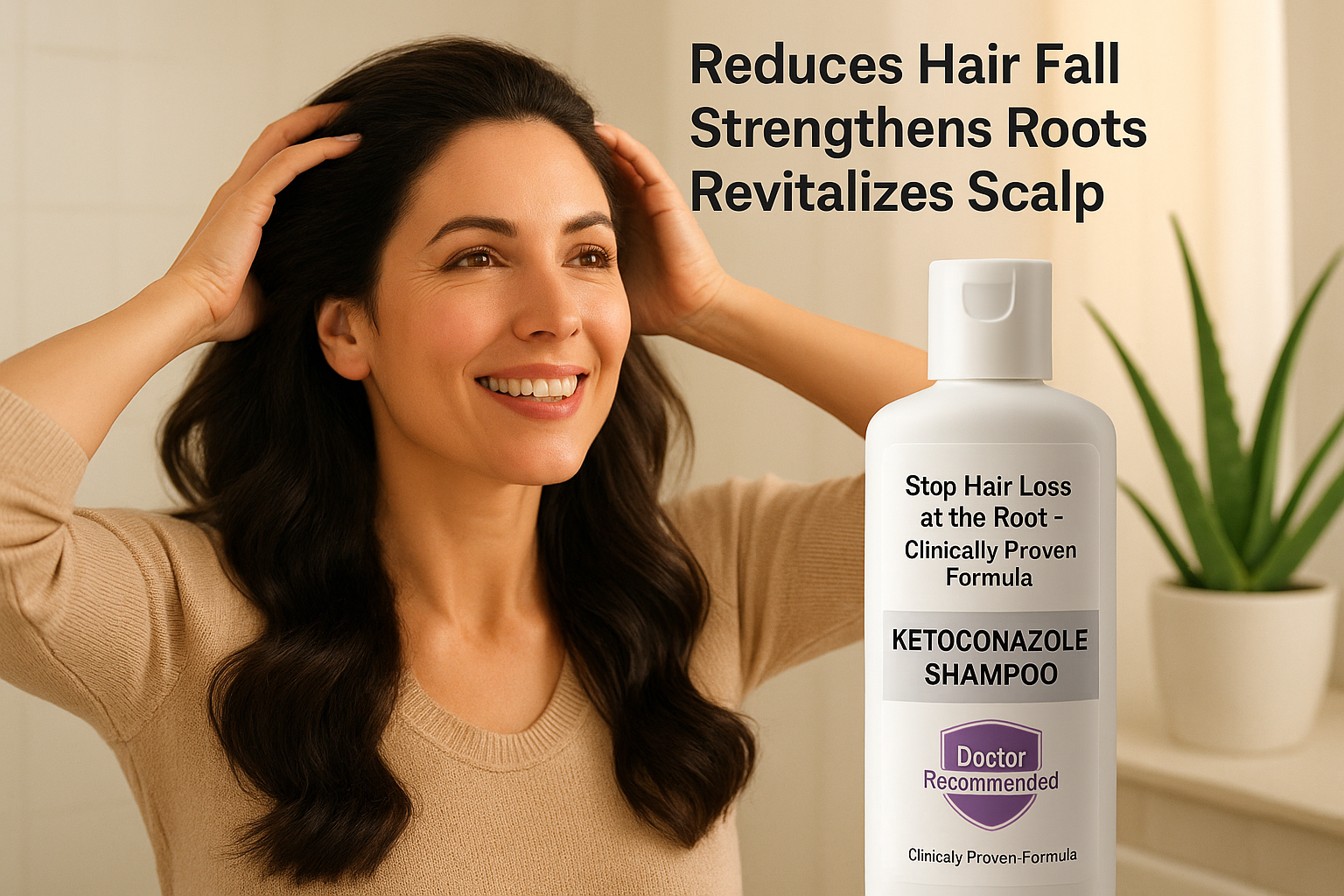
Comments
13 responses to “Can Ketoconazole Shampoo Stop Hair Loss? The Surprising Truth”
kamagra ordonnance du canada
pas de prescription kamagra
ordering enclomiphene australia price
how to buy enclomiphene generic cheapest
get androxal canadian discount pharmacy
online order androxal cost insurance
how to buy flexeril cyclobenzaprine price new zealand
how to order flexeril cyclobenzaprine generic health
ordering dutasteride no prescription overnight delivery
cheap dutasteride usa discount
order gabapentin generic pharmacy online
get gabapentin buy online australia
order fildena uk order
how to buy fildena canada over the counter
order staxyn usa pharmacy
vente de staxyn sans ordonnance
buy cheap itraconazole generic online mastercard
get itraconazole cheap online canada
buy avodart generic canada no prescription
discount avodart cheap australia
order rifaximin generic free shipping
discount rifaximin us prices
xifaxan without a dr
discount xifaxan low cost
můžete získat kamagra přes přepážku
nejlevnější náhrada kamagra